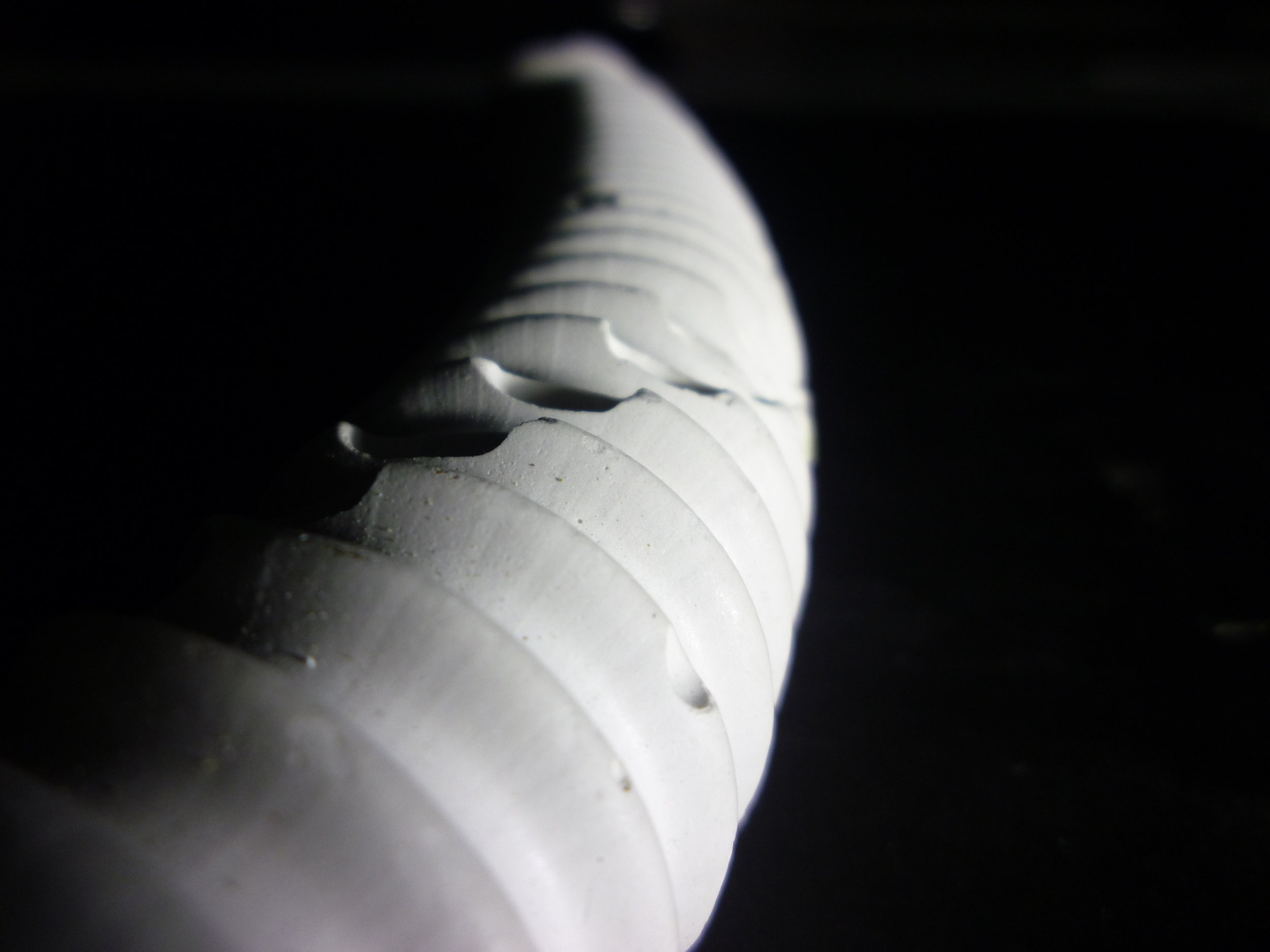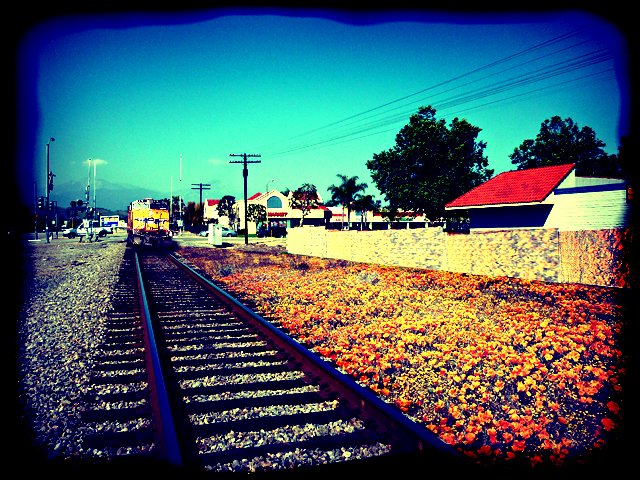
‘C.M.H.U.’ creates deployable habitats for opportunistic species using standard building materials and modern fabrication techniques
Wilderness Manifesto
This project won an ASLA National Student Design Honor Award! Check out the full submission here!
Wilderness. Wildness. Wild. What do these terms mean? To some it may be manifest in some sort of outdoor “landscape,” while to others, it may be a certain lack of control. And yet for an even smaller group of individuals, these terms represent a system of ideals that transcend permanence in the physical world. When one poses these questions of landscape, wilderness and nature, a veritable Pandora’s Box has been unleashed upon a relatively unaware psyche. One can wander and wander and wander and never come any closer to a definitive answer, however such is the nature of design. There is no such thing as a design solution, only a set of means to which a problem can become fixed to an acceptable end. By delving into the depths of one’s consciousness, it is not uncommon to become lost or even terrified. Exploring the inner machinations of a person’s psychology has taken its toll on many lesser wanderers. But we are phenosmonauts: explorers of perception. We consistently go where all should, many don’t, and some can’t: into our imaginations. It takes a certain kind of philosophy to accept these dreams as reality; a philosophy that cannot be learned. One cannot hope to explore one’s own mind if one refuses to question anything. Simply by accepting information as fact is the fastest way to become another number in the flock. Even by recognizing the difference between sheep and shepherds and choosing to become a shepherd is not enough to fully accept the bizarre and frightening workings of one’s own mind. No. We must become the wanderer; a Zen-like lifestyle that transcends reality. Only then can a phenosmonaut truly return from their trip no worse for the wear.
As designers, we need to come to terms with the status quo. Not accept it, simply understand it. There is an enormous disconnect between designers and non-designers in terms of how the world should work. And there is an even further disconnect between designers and contemporary landscape architects in terms of technical understanding of what seems to be basic, technical information. With such a chasm between traditional and contemporary landscape architecture, there seems to be little hope for the rest of humankind. It should be noted however that there is a fundamental difference between wishing how the world should work, and knowing how the world should work; and the difference is this basic set of knowledge that every designer, and ideally, every human should have available. Thinking that nature is green in color and native grasses are wild is one thing, but to throw around terms like “green,” “nature,” sustainable,” and “eco-friendly” without educating oneself what these terms actually mean is yet another indication of a society of sheeple.
This is where the exploration of one’s imagination plays an important role. The answers to your dilemmas are not the secret of some almighty deity; the answers are within yourself, you need only look. Placing one’s hopes and insecurities in the responsibility of an unexplainable force is yet another representation of those who do not possess the knowledge, or ability to acquire said knowledge, to differentiate between what we know and what we still have yet to learn. Learn to break free from the masses! Educate yourself! Do not follow rules that were written a millennia ago, rewrite your own rules and live your own life based on your own values! Reject reality and substitute your own!
This group believes it follows the aforementioned manifesto and has attempted to design the future of Los Angeles from this baseline. We have identified four basic values pertaining to “landscape.” These values are: the appreciation for “nature,” peace among all living organisms, imperfection and the loss of control. “Nature” is already a loaded term with many implications. Some believe this term to represent outdoors while others think it is a destination to be reached on the weekend. However, we shall take the position of stating that nature is a collective term for all things that exist on planet Earth and beyond. By understanding that “nature” is too ambiguous a term to ever be used to describe anything, it is necessary to point out a few systems that we believe fall under the term “nature” as they pertain to this project. The first is wildlife that we define to be further broken down into all plant and animal life, to wit, any physical entity that is subject to growth and decay; the processes of life. The second system to be defined under “nature” shall be ecosystems and natural processes. These can be defined similarly to wildlife, however ecosystems and natural processes may not necessarily be physically manifest in any organism. Although these terms are in and of themselves ambiguous, it should be noted that each of these categories under “nature” can be broken down and simplified indefinitely.
The next value we have applied to landscape is peace among all living and non-living organisms. The basic form of this position is the belief of the inequalities between the human race, and every other race on the planet. It is atrocious that one species is responsible for the endangerment and extinction for thousands of other species on this planet. One may argue that this is just a phase of ecological evolution, however we believe that while evolution is necessary from species to species, humankind does not have the right to drive so many other species into extinction; there is no other species on the planet that has been responsible for the extinction of so many other species. If humankind can be taken down a few notches, morally and physically, then a possibility of some sort of peace can be achieved.
Imperfection is a value that we believe is unique to our aesthetic. Many designers may envision the future as a utopian wonderland where everything is perfect and there is never any cause for concern. However, we take the position that there is beauty and potential in these imperfections. For example, scientists have proven that carbon emissions from combustion based vehicles is detrimental to plant and animal health. But have you ever seen a Los Angeles sunset? What a sight! The smog in the air makes for such a beautiful, fiery-orange sky that makes one feel insignificant to the pressures of the world. By designing for these imperfections and choosing to leave some problems unresolved, it is our hope that humankind will also appreciate these small imperfections that are physical manifestations of the unavoidable shortcomings in everyday life.
The final and single-most important value we have applied to this futurist landscape is the loss of control. What happens when the control to which we all so tightly grasp is suddenly relinquished? Will madness and chaos ensue? Or will peace and prosperity reign? Our hope is to find a balance between these two possible outcomes by making small changes that will drastically change the landscape of Los Angeles. For example, what happens when control is relinquished on pedestrian circulation? When street trees with aggressive surface roots are planted adjacent to sidewalks and buildings, concrete will be uprooted. Sidewalks crack, elevations change along routes and buildings are in danger of collapse. The trees are then removed and the sidewalk repaired, but what happens when the control of this typology is lost? Perhaps the sidewalks eventually fade away into disrepair. Sidewalks become urban hiking trails as maintenance is abandoned and opportunity is created for plant and animal species. Maybe this phenomenon will spread to adjacent asphalt streets. Potholes will develop, traffic routes will become dangerous and next to impossible on which to travel. By not having an acceptable form of transportation, commuters will resort to public transit. This massive influx of drivers to commuters will spark an increase in public transit funding that will bring bus and rail systems of Los Angeles out of the stone-age. By having rail as the only means of long-distance transportation, the very landscape of habitable areas will begin to shift. Slowly the fringe developments will become abandoned as people move closer to the more human-friendly urban zones. Infill projects across Los Angeles will result in hyper-dense downtown districts. As suburban development completely fades away, these archaic monuments to western civilization are eventually harvested and recycled for development in the city. These newly abandoned lands will serve as agricultural fields for the increased demand for food in the city. Simply by changing one small typology, a snowball effect can change all of Los Angeles. It all starts with a crack.
This undergraduate landscape architecture studio was written and taught by Lori Pullman and Andy Wilcox at Cal Poly Pomona in the Spring Semester of 2012. Final Phase design work by Kevin Finch and Phuong Vo. Competition Award-Winning work by Kevin Finch, Natasha Harkison, George Kutnar, Evan Lee, Joshua Leyva, Nabyl Macias, and Kenny Sperling.













